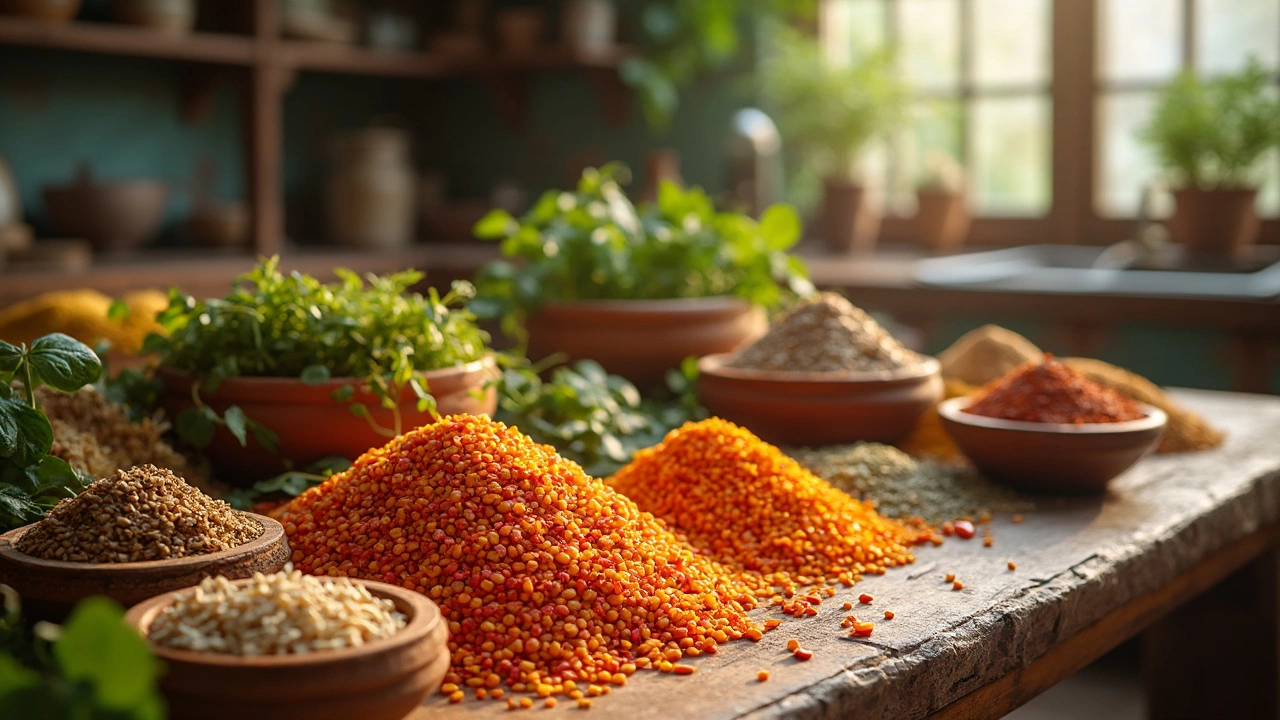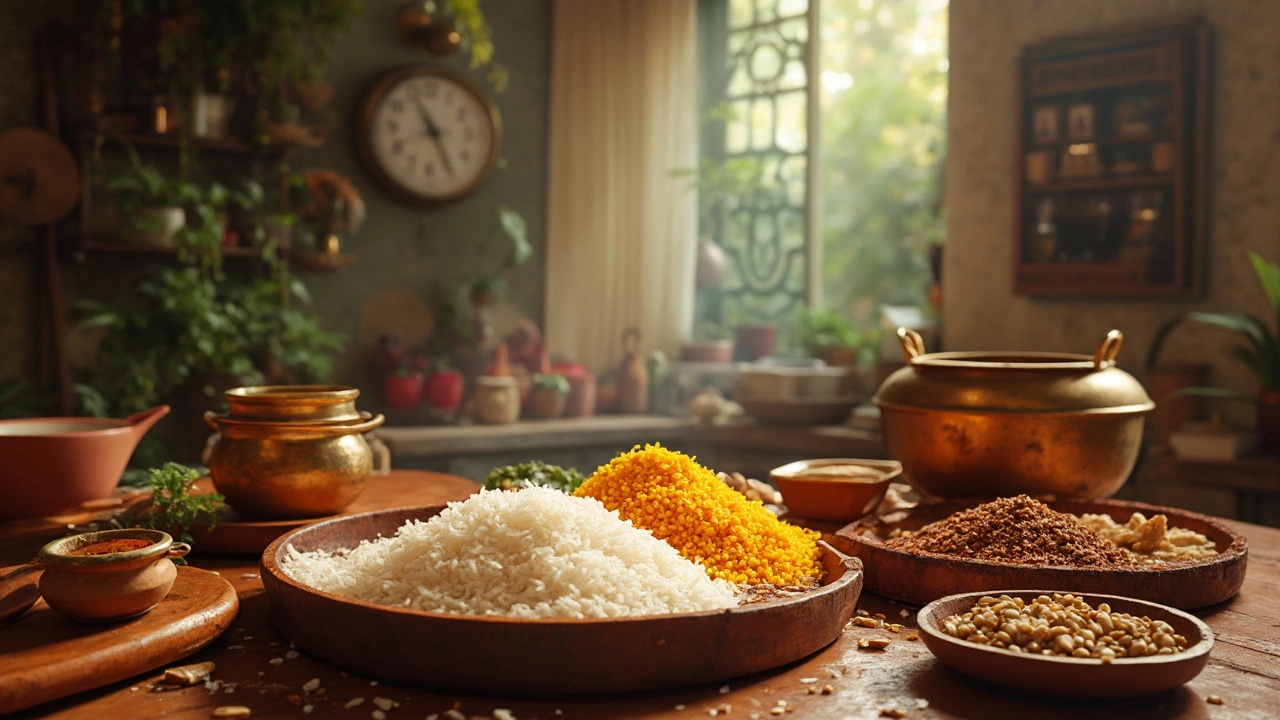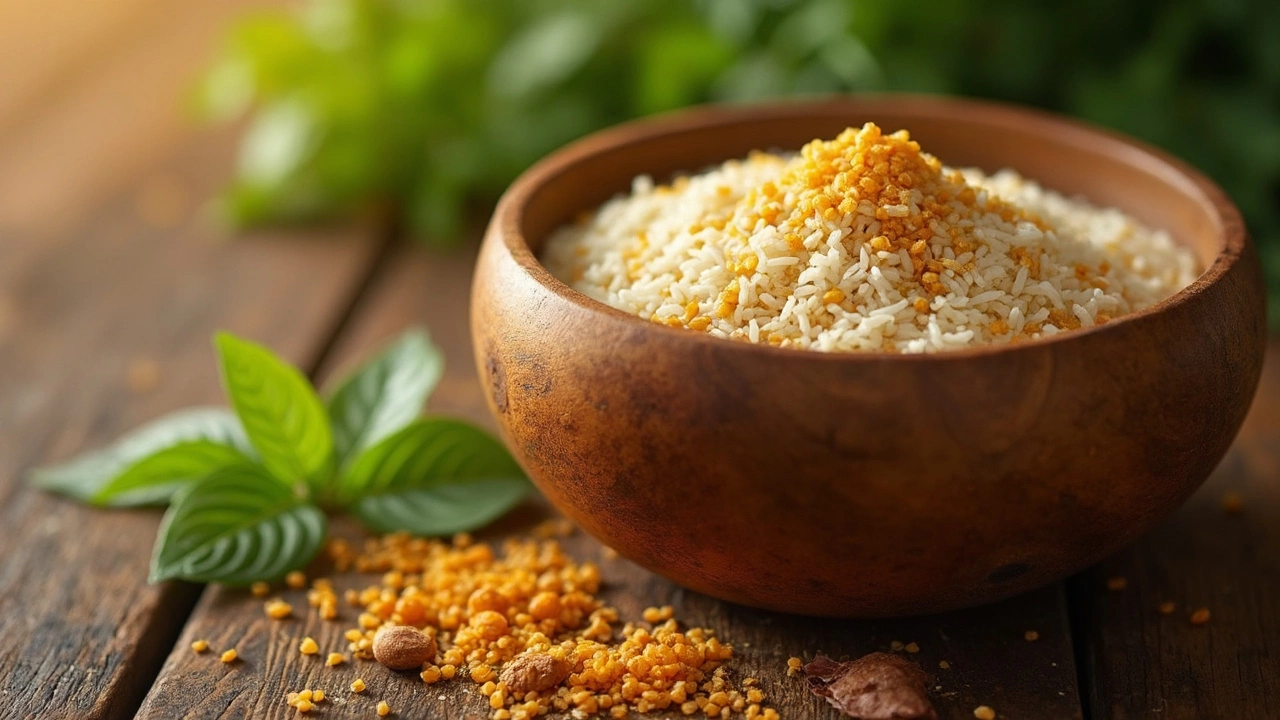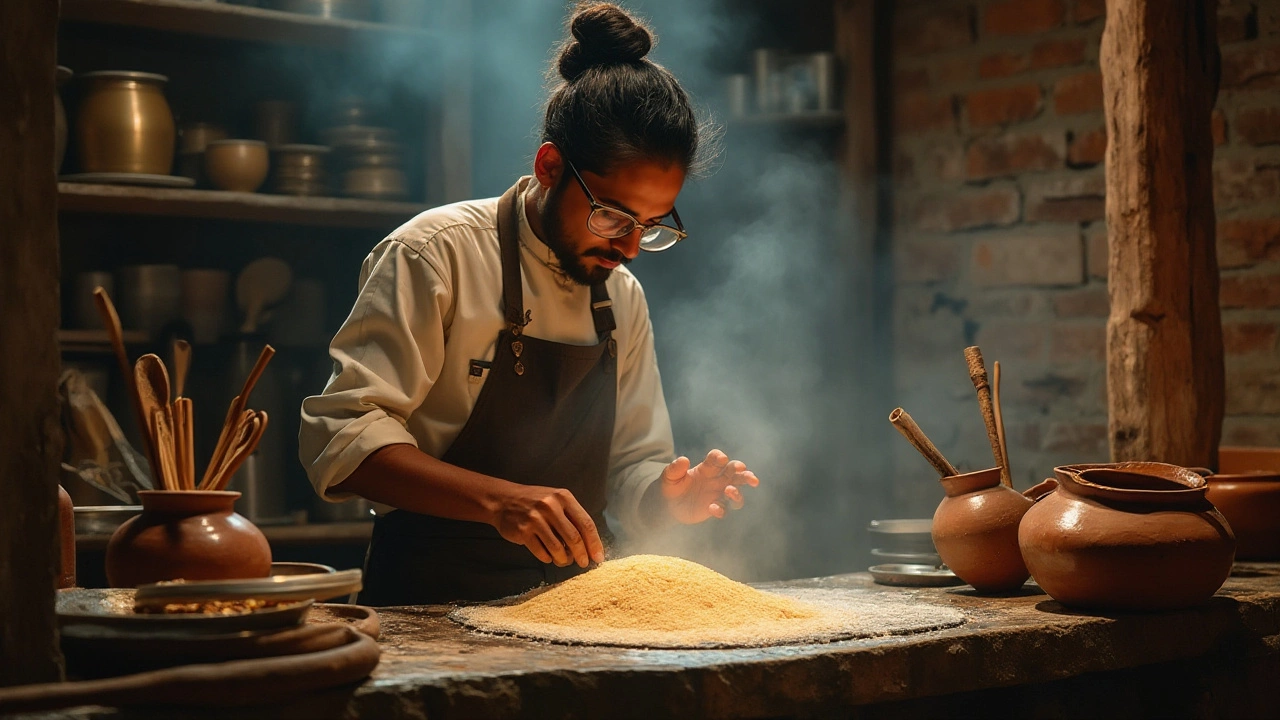Dosa Batter Recipe – Master the Art of Perfect Fermentation
When working with dosa batter recipe, a traditional South Indian starter blend of rice and lentils that transforms into thin, crispy crepes. Also known as dosa mix, it relies on natural fermentation to develop flavor and texture. The process leans heavily on curd, the tangy dairy product that jump‑starts the microbial activity and often benefits from a pinch of baking soda, a leavening aid that creates airy, fluffy dosas. dosa batter recipe encompasses fermentation, requires curd, and is influenced by baking soda, making each ingredient a crucial player in the final outcome. If any of these pieces miss the mark, you’ll end up with a dense, sour, or flat pancake instead of the signature crispy‑soft texture.
Key Elements to Master
First, understand that fermentation is not just a waiting game; it’s a biochemical dance where lactic acid bacteria and wild yeasts convert starches into acids and gases. This step creates the sour note many love in a classic masala dosa and produces the tiny bubbles that lift the batter during cooking. A well‑fermented batter should smell mildly tangy, have a slightly bubbly surface, and feel light to the touch. Skipping the curd or using too little can stall this activity, leaving you with a bland, un‑fermented mix. Conversely, adding too much curd can over‑acidify the batter, making it hard to spread.
Second, the role of baking soda is often misunderstood. A small amount (about a quarter teaspoon per liter of batter) acts after fermentation, reacting with the remaining acids to release carbon dioxide. This secondary rise gives the dosa a fluffy interior while keeping the edges crisp. Too much soda, however, leads to large air pockets, uneven cooking, and a metallic aftertaste. The sweet spot varies with ambient temperature; warmer kitchens need less soda because fermentation already produces more gas.
Third, quick‑ferment tricks can rescue a forgotten batter. Adding a splash of yogurt or a pinch of sugar speeds up microbial growth, while placing the bowl in a warm spot (like a turned‑off oven) cuts the waiting time in half. Still, the traditional overnight rest yields the deepest flavor, so treat shortcuts as emergencies, not routine.
Finally, the broader context matters. Dosa batter is a staple of South Indian breakfast culture, often served with coconut chutney, sambar, or potato masala. Knowing how each component interacts helps you adapt the recipe for variations—like adding quinoa for a protein boost or using millet for gluten‑free options—without breaking the core science.
Below you’ll find a curated collection of articles that dive deeper into each of these topics: why curd matters, how to measure baking soda, fast fermentation hacks, and even the science behind sourness. Whether you’re a first‑time cook or looking to perfect your Sunday brunch, these pieces will give you actionable insights to keep your batter humming and your dosas delicious.

How to Reduce the Glycemic Index of Dosa
Ever wondered how to enjoy dosas without a sugar spike? Lowering the glycemic index of this traditional dish makes it healthier for everyone, especially diabetics. The key lies in ingredients and simple tweaks in preparation. You'll learn practical tips to savor dosas guilt-free.

How Much Time to Soak Rice and Urad Dal for Dosa?
Making the perfect dosa starts with knowing how long to soak rice and urad dal. This guide covers the ideal soaking times and practical tips to achieve that crispy texture. Soaking times depend on factors like temperature and grain quality, but generally, rice needs 4-6 hours and urad dal 4 hours. Here, we delve into why these times work and what you can do to tweak your dosa-making process.

Ideal Urad Dal to Rice Ratio for Perfect Dosa Batter
Discover the perfect ratio of urad dal to rice for making dosa batter that yields crispy yet fluffy dosas. Learn tips for soaking, grinding, and fermenting to enhance the taste and texture. Perfect your dosa-making skills with these helpful insights!

Understanding the Impact of Excess Urad Dal in Dosa Batter
When preparing dosa batter, the proportion of urad dal plays a crucial role in the texture and taste of the final product. This article explores the effects of having too much urad dal in the batter, the science behind it, and provides practical tips for achieving the perfect dosa. We delve into how the excess affects fermentation, texture, and ways to balance the ingredients right. Vital for any dosa enthusiast, this guide ensures a delicious and crispy outcome.